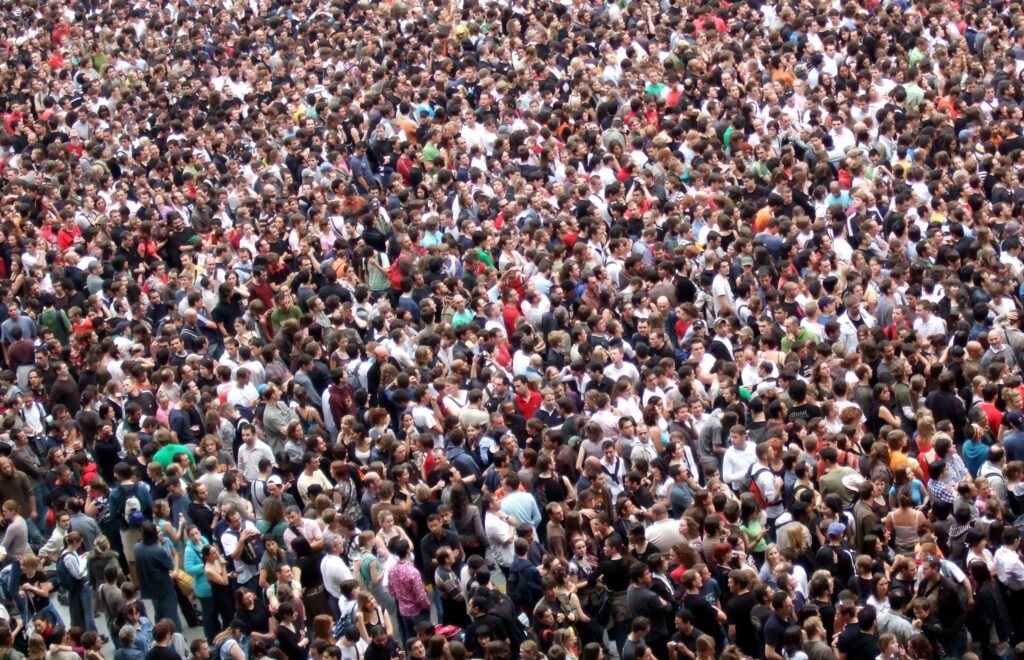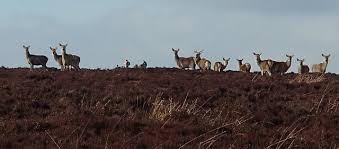
Of the slightly over 8 billion humans on earth, 4.641 billion, or just under 60% live in Asia. While this is expected to grow to 5.25 billion people in 2055 it will only be 54% (due to increasing populations elsewhere in the world) of global population at the time.
So, what is the problem? An average fertility rate of 2.1 is currently considered necessary to maintain population levels (that is, 2.1 births per female). When the fertility rate drops below this rate, there are not enough babies being born to replace all of the people dying. As environmentalists, this is good, as the human population is thought (by some) to be too high to sustainable retain long-term (estimates as to what population the earth can sustain long-term range from a relatively small 0.65 billion to an enormous 9-10 billion). Of course, it depends on what we consider as sustainable survival – for me, and I hope for most of you, what I would consider sustainable, would be a low enough population to allow all other species on earth to thrive, so I would suggest that a number near the bottom of this list is more reasonable.
Below, we will look at a range of Asian countries with large populations
Continue reading “Is Asia’s plummeting fertility rate a going to lead to a crisis, or might it help save the planet?”











